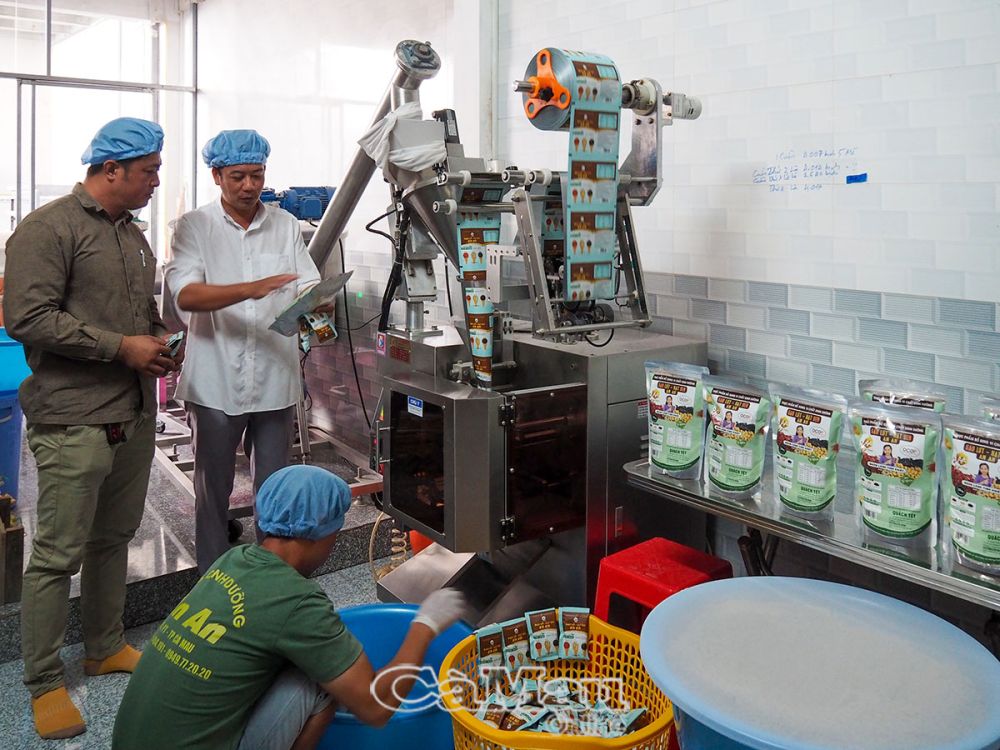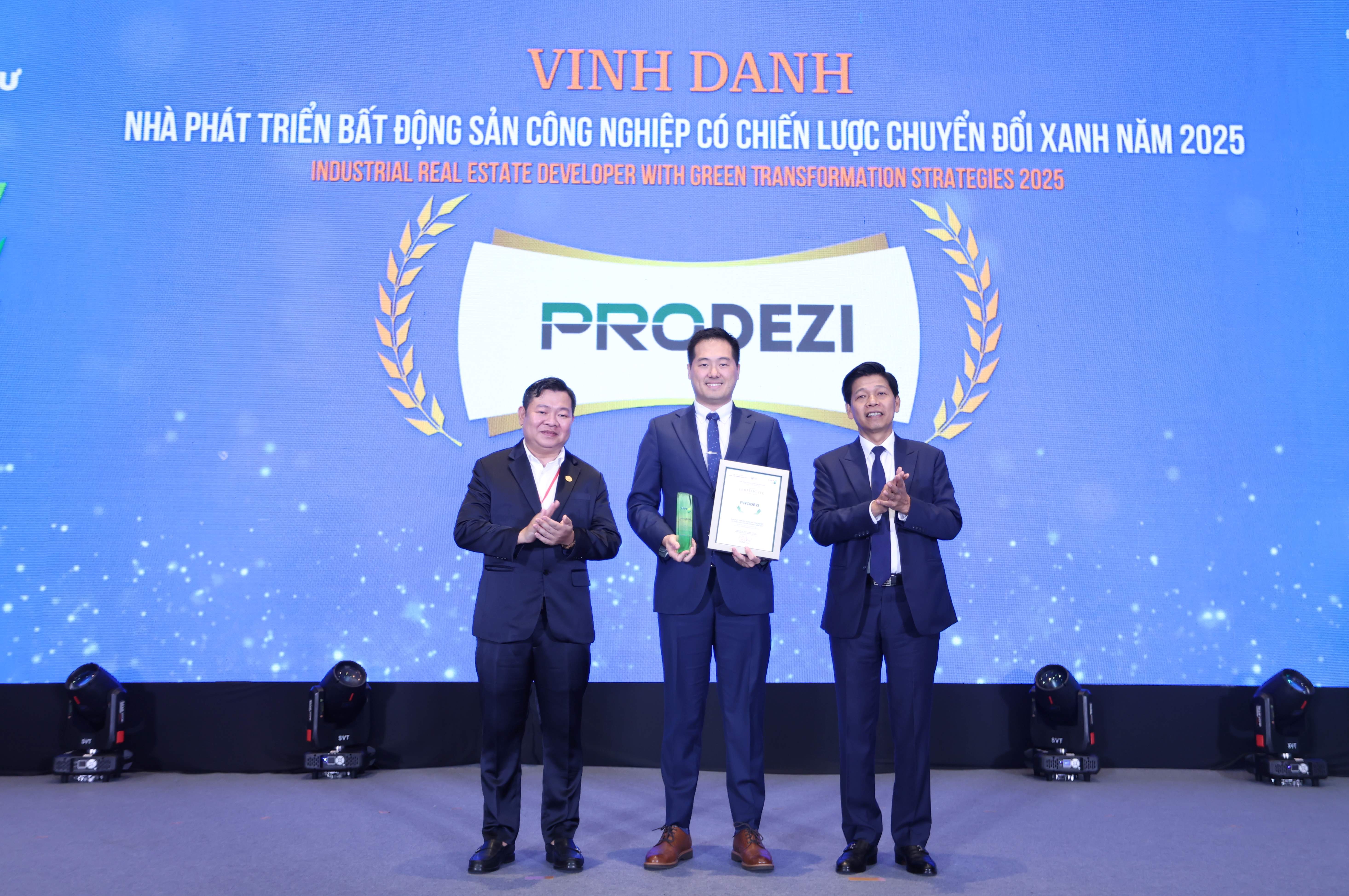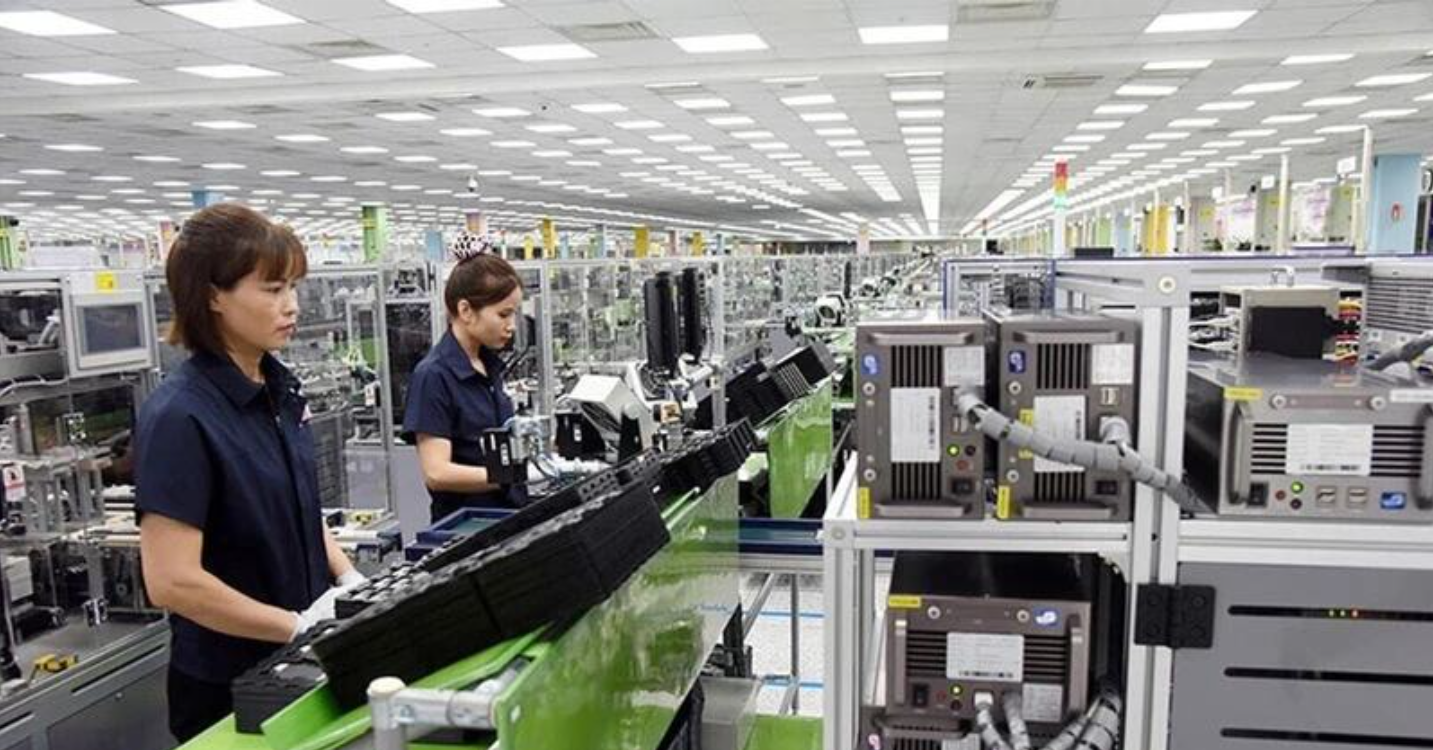
Ca Mau’s industrial promotion boosts rural industry growth
19:05 | 23/03/2025 20:10 | 04/11/2025Industry
The big picture and the imperative for transformation
Amid rapid globalization and the accelerated advancement of digital technologies, e-commerce has emerged as a key driver of global economic growth. Vietnam - a country with significant export potential is no exception. To strengthen its position on the global trade map, Vietnamese enterprises face the urgent need to shift from Original Equipment Manufacturing (OEM) to Direct-to-Consumer (D2C) models.
At the Saigon Exhibition and Convention Center (SECC, Ho Chi Minh City), during the Forum on E-commerce and Cross-Border E-commerce - A Pathway for Vietnamese Export Enterprises on September 5, 2025, Deputy Minister of Industry and Trade Phan Thi Thang noted that in 2024, Vietnam’s e-commerce market surpassed USD 25 billion, marking a 20% increase year-on-year and accounting for about 10% of total national retail sales of goods and consumer service revenue.
This achievement positioned Vietnam among the top three e-commerce markets in Southeast Asia. Many domestic brands and products particularly agricultural goods and handicrafts have not only solidified their presence in the domestic market but also begun expanding internationally through global platforms. At the exhibition, live-stream sales of agricultural and local products created a vibrant atmosphere, underscoring the momentum of digital trade.
Globally, cross-border e-commerce reached USD 791.5 billion in 2024 and is projected to maintain growth above 30% in the coming years. Vietnamese enterprises are already present in major markets such as the U.S., EU, China, Japan, and South Korea, while also exploring ASEAN, the Middle East, Russia, and Australia. The Vietnamese Government has incorporated cross-border e-commerce into the GoGlobal Plan, recognizing it as a strategic driver of national exports.
Within the National E-commerce Development Master Plan 2026 - 2030, cross-border e-commerce is identified as a core pillar, aiming to build a sustainable digital export ecosystem and enhance the global competitiveness of Vietnamese goods. The Ministry of Industry and Trade, together with the E-commerce and Digital Economy Agency, has been implementing comprehensive measures from policy improvement and training support to partnerships with global e-commerce platforms and coordination with Vietnam’s overseas trade offices to promote the national brand.
Nguyen Thị Hoai An, Vice President of the Global Alliance for Cross-border E-commerce (ACBC Global) and President of ACBC Vietnam, emphasized that cross-border e-commerce is “an extended arm of globalization”, where products and values flow seamlessly across borders.

E-commerce has become a key driver of economic growth. Illustrative photo.
With the global market projected to reach USD 800 billion and sustain over 30% annual growth, this is an inevitable trend. Vietnam enjoys a “golden moment to break through” thanks to its strategic geographic location, young workforce, abundant resources, and rapid digital transformation. Cross-border e-commerce not only enables Vietnamese products to reach global markets but also opens opportunities to export knowledge and high-quality services.
Experts at the forum stressed that to seize this opportunity, Vietnamese enterprises must transition from OEM to D2C, directly engaging with end consumers instead of relying solely on contract manufacturing. This shift not only optimizes profit margins but also builds sustainable brand value, fosters trust, and narrows the gap with global customers.
Breakthrough solutions in the digital era
The transition from OEM to D2C cannot happen overnight. It is a strategic journey requiring Vietnamese enterprises to prepare comprehensively in terms of products, technology, logistics, and branding.
Forum experts agreed that three pillars are crucial for enhancing the value and international positioning of Vietnamese products: brand building, technology investment, and logistics optimization.
On branding, Nguyen Thi Hoai An stressed that enterprises must meet high quality standards, establish clear brand narratives, and ensure transparency in sourcing. Trusted international certifications and traceability technologies will be key to earning global consumer confidence.
In logistics, Dinh Thanh Son, Deputy General Director of ViettelPost, described logistics as the “backbone of e-commerce”. With increasingly integrated seaport, aviation, and road infrastructure, Vietnamese goods can now reach the U.S. in 16 days and Europe in 21 days, while connecting directly to China and the Mekong region via land transport. Strong investments by ViettelPost, alongside the established presence of DHL, FedEx, and UPS, demonstrate Vietnam’s growing role as a critical link in global supply chains.
On technology, global platforms such as Amazon and Shopee have rolled out initiatives to support Vietnamese enterprises. Amazon provides one-on-one account management specialists, AI-powered tools, and international partner connections. Shopee, through its “Shopee Enables SMEs” initiative, positions ASEAN as a strategic springboard, supporting Vietnamese SMEs in training, marketing, and AI-driven data analytics.
Beyond relying on international giants, Vietnamese companies are building their own support ecosystems. A notable example is Yugeeks, which has developed a 3-in-1 model integrating Fulfillment, Supply Chain, and Multi-Channel Network (MCN). This ecosystem leverages live-streaming, influencer marketing, and AI-powered demand forecasting and personalization to bring Vietnamese products into global supply chains via Shopee, TikTok Shop, and Amazon.
Artificial Intelligence (AI) is seen as the “new DNA” of commerce. Nguyen Duc Thang, CEO of Taureau AI Vietnam, argued that AI is ushering in the era of A-commerce, where every stage from demand forecasting and order consolidation to dynamic pricing and localized marketing is automated. AI is no longer optional; it has become an essential requirement for global competitiveness.
At the same time, Free Trade Zone (FTZ) infrastructure is being proposed as a strategic foundation. Tran Thoang, Director of CT-Strategies Vietnam, highlighted that FTZs with e-fulfillment, bonded warehouses, return-processing centers, and Pre-Arrival Data Hubs will serve as the “core of e-commerce”. Linking Vietnam’s FTZs with KLIA DFTZ (Malaysia), Dubai CommerCity (UAE), and Liège eHub (EU) will shorten delivery times, reduce logistics costs, and strengthen competitiveness.
With strong support from regulators, experts, major e-commerce platforms, and the business community, Vietnam has the opportunity to emerge as a leading regional hub for manufacturing, exports, and e-commerce. The transition from OEM to D2C poses challenges, but it also represents a golden opportunity to elevate Vietnamese brands on the global trade map in the digital era.

19:05 | 23/03/2025 20:10 | 04/11/2025Industry

19:05 | 23/03/2025 20:09 | 04/11/2025Trade

19:05 | 23/03/2025 20:06 | 04/11/2025News and Events

19:05 | 23/03/2025 11:43 | 04/11/2025Trade

19:05 | 23/03/2025 11:39 | 04/11/2025Industry